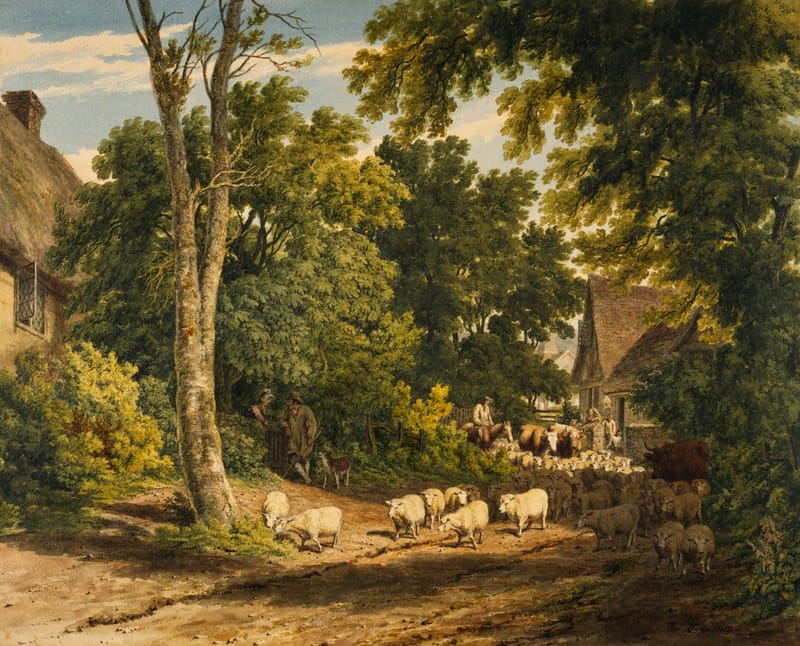The Art of Icon Design: Creating Custom Icons for Your Website
Custom icons are essential elements in modern web design, serving as visual cues that enhance user experience and brand identity. This article delves into the art of icon design, exploring techniques for creating custom icons that elevate your website's visual language. We'll discuss various icon styles, the importance of consistency, and effective methods for integrating custom icons into your web design. Whether you're a seasoned designer or just starting out, this guide will provide valuable insights to help you craft unique, memorable icons that resonate with your audience and strengthen your website's overall aesthetic appeal.Table of Contents:

Understanding the Importance of Custom Icons
Custom icons play a crucial role in web design, serving as visual shortcuts that guide users through your website's interface. They enhance navigation, improve user experience, and contribute to your brand's unique identity. By creating custom icons, you can ensure that your website stands out from the crowd and effectively communicates your brand's personality. Custom icons also allow for greater consistency across your site, reinforcing your visual language and making it easier for users to understand and interact with your content. Moreover, they can significantly improve the overall aesthetics of your website, making it more visually appealing and professional-looking. Do you need a website? Want to build a website but don't know where to start? Our website builder is the perfect solution. Easy to use, and with the ability to customize to fit your business needs, you can have a professional website in no time.
Choosing the Right Icon Style
When designing custom icons, it's essential to choose a style that aligns with your website's overall design aesthetic. There are several popular icon styles to consider:1. Flat icons: Simple, two-dimensional designs with minimal shading and detail.
2. Outlined icons: Thin, linear designs that offer a clean and modern look.
3. Filled icons: Solid shapes with minimal detail, ideal for bold and straightforward designs.
4. Skeuomorphic icons: Realistic representations of physical objects, offering a more traditional approach.
5. Isometric icons: Three-dimensional designs that add depth and visual interest.
The key is to select a style that complements your website's design language and effectively communicates your intended message. Consider your target audience, industry, and brand personality when making this decision.
Maintaining Consistency in Icon Design
Consistency is crucial when designing custom icons for your website. A cohesive set of icons helps create a unified visual language and enhances user experience. To maintain consistency:1. Establish a grid system: Use a consistent grid for all your icons to ensure uniform sizing and proportions.
2. Stick to a single style: Choose one icon style and apply it consistently across your entire icon set.
3. Use consistent line weights: If using outlined icons, maintain the same line thickness throughout.
4. Apply a consistent color palette: Use colors that complement your website's overall color scheme.
5. Maintain similar levels of detail: Ensure that all icons have a similar level of complexity and detail.
By adhering to these principles, you'll create a harmonious icon set that strengthens your website's visual identity and improves user navigation.
Building a website with SITE123 is easy
Designing for Scalability and Responsiveness
When creating custom icons, it's essential to design with scalability and responsiveness in mind. Your icons should look crisp and clear across various screen sizes and resolutions. To achieve this:1. Start with vector graphics: Design your icons using vector-based software to ensure scalability without loss of quality.
2. Test at multiple sizes: Create and test your icons at various sizes to ensure they remain legible and visually appealing.
3. Simplify complex designs: For smaller sizes, simplify intricate details to maintain clarity.
4. Use SVG format: Implement your icons as SVGs for optimal scalability and performance.
5. Consider pixel hinting: Fine-tune your icons at smaller sizes to ensure crisp edges and clear details.
By designing with scalability in mind, you'll ensure that your custom icons look great on all devices, from smartphones to large desktop monitors.
Integrating Custom Icons into Your Web Design
Once you've created your custom icons, it's time to integrate them effectively into your website design. Here are some best practices for icon implementation:1. Use icons sparingly: Don't overwhelm your users with too many icons. Use them strategically to highlight important elements or actions.
2. Provide text labels: Accompany icons with text labels to ensure clarity and improve accessibility.
3. Implement hover effects: Add subtle animations or color changes on hover to enhance interactivity.
4. Optimize for performance: Compress your icon files and use appropriate file formats to ensure fast loading times.
5. Consider icon fonts: For monochrome icons, using icon fonts can improve performance and flexibility.
6. Ensure accessibility: Use appropriate alt text and ARIA labels for screen readers.
By following these guidelines, you'll seamlessly integrate your custom icons into your web design, enhancing both aesthetics and functionality.
Tools and Resources for Icon Design
There are numerous tools and resources available to help you create custom icons for your website. Some popular options include:1. Vector graphics software: Programs like Adobe Illustrator or Inkscape are ideal for creating scalable vector icons.
2. Online icon makers: Web-based tools that offer templates and customization options for quick icon creation.
3. Icon libraries: While not custom, these can serve as inspiration or starting points for your designs.
4. Grid templates: Pre-made grids to help maintain consistency in your icon designs.
5. Color palette generators: Tools to help you create harmonious color schemes for your icons.
Experiment with different tools to find the ones that best suit your design process and skill level. Remember, the goal is to create unique, high-quality icons that enhance your website's visual language and user experience.





